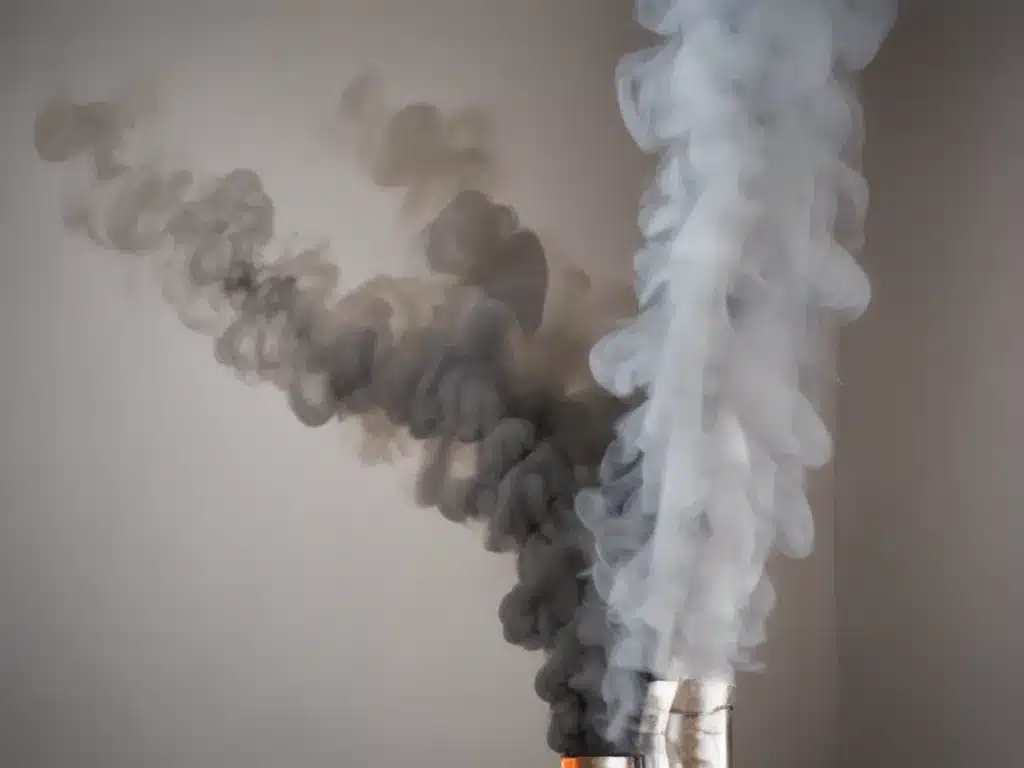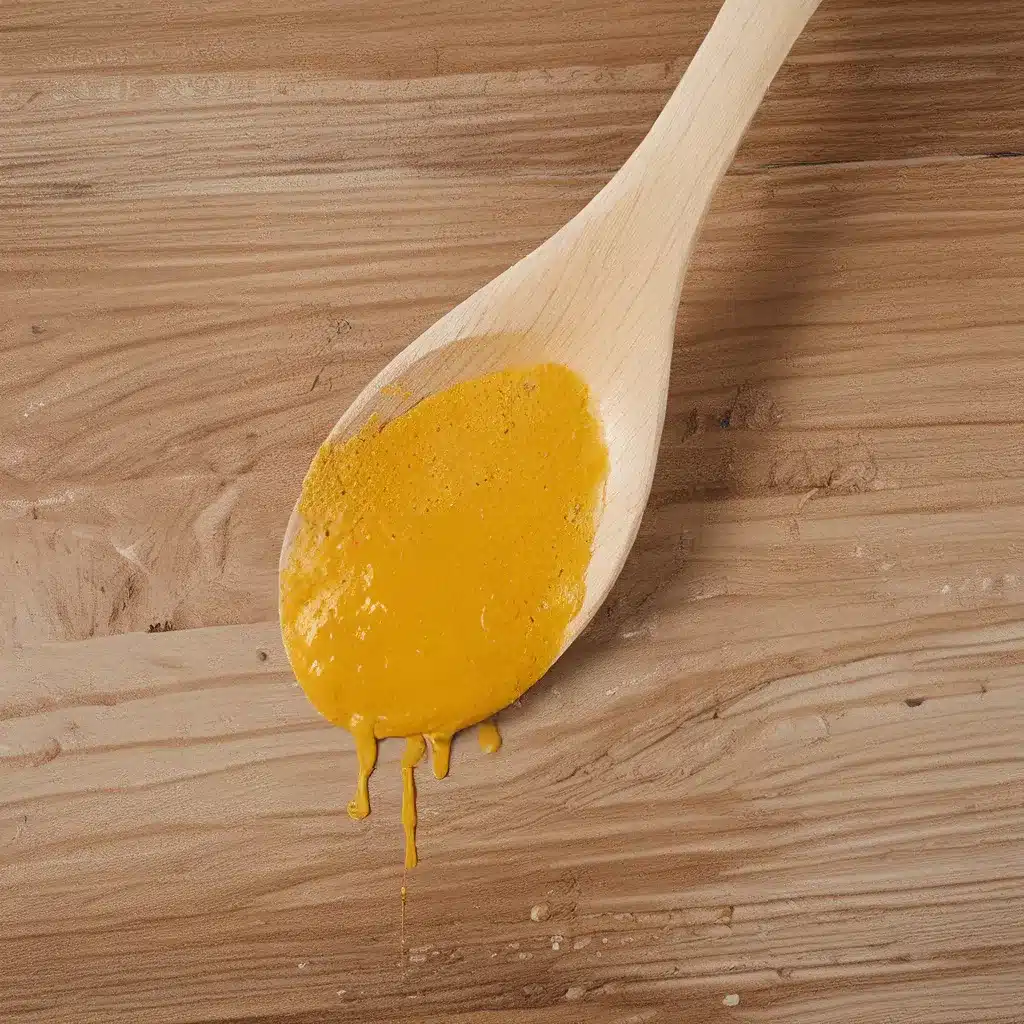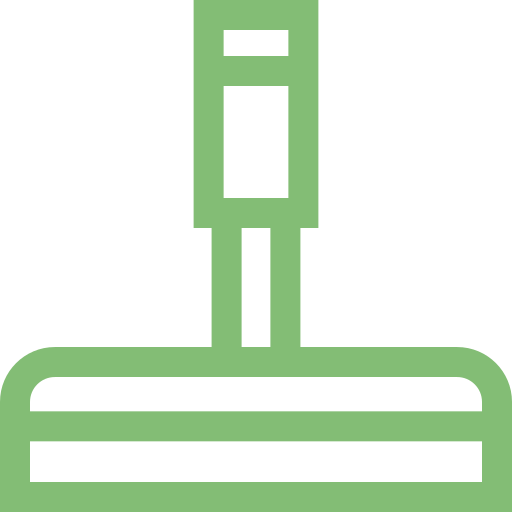Introduction
Smoke residues pose a significant challenge for property owners, leaving behind an unpleasant odor and potentially harmful contaminants. Whether caused by a fire incident or cigarette smoke, these residues can persist and cause long-term damage if not addressed promptly and effectively. In this comprehensive guide, I will delve into the intricacies of eliminating smoke residues, exploring various techniques, best practices, and real-life case studies.
Understanding Smoke Residues
Smoke residues are the byproducts of incomplete combustion, consisting of microscopic particles and chemicals that can adhere to surfaces, fabrics, and porous materials. These residues can have a variety of compositions, depending on the source of the fire or smoke. Some common components include:
- Soot: Fine black particles resulting from the incomplete combustion of carbon-based materials.
- Tars: Sticky, oily substances produced during the combustion of organic materials.
- Acids: Corrosive compounds like hydrochloric acid and sulfuric acid, formed from the burning of synthetic materials.
Smoke residues can be challenging to remove due to their ability to penetrate deep into porous surfaces, causing persistent odors and potential health hazards if not properly addressed.
Health Risks Associated with Smoke Residues
Exposure to smoke residues can pose various health risks, including respiratory irritation, eye irritation, and potential long-term effects. Some specific risks associated with smoke residues include:
- Carcinogenic compounds: Certain components of smoke residues, such as polycyclic aromatic hydrocarbons (PAHs), have been linked to an increased risk of cancer.
- Respiratory issues: Inhaling smoke residues can exacerbate existing respiratory conditions or cause new ones, such as coughing, wheezing, and lung inflammation.
- Skin and eye irritation: Direct contact with smoke residues can cause skin rashes, eye irritation, and other allergic reactions.
It is crucial to prioritize the removal of smoke residues to mitigate these health risks and ensure a safe living or working environment.
Professional Smoke Residue Removal Services
While it may be tempting to attempt smoke residue removal on your own, engaging the services of professional cleaning companies like AdamCleaning.uk is often the most effective and safest approach. Professional cleaners have the necessary expertise, equipment, and specialized products to effectively address smoke residues.
Benefits of Professional Smoke Residue Removal Services
- Thorough cleaning: Professionals have access to specialized equipment and techniques to ensure thorough cleaning, reaching even the most difficult-to-access areas.
- Odor elimination: Professional cleaning services employ advanced methods to neutralize and eliminate persistent smoke odors, rather than merely masking them.
- Safety: Professionals are trained in the proper handling and disposal of hazardous materials, ensuring the safety of occupants and the environment.
- Time and effort savings: Professional cleaning services can complete the job efficiently, saving you time and effort while minimizing disruption to your daily routine.
Choosing a Professional Smoke Residue Removal Company
When selecting a professional cleaning company for smoke residue removal, consider the following factors:
- Experience and expertise: Look for companies with a proven track record in smoke residue removal and specialized training in handling hazardous materials.
- Certifications and licenses: Ensure the company and its technicians hold relevant certifications and licenses to operate in your area.
- Equipment and products: Inquire about the company’s use of advanced equipment and environmentally-friendly cleaning products specifically designed for smoke residue removal.
- Customer reviews and references: Read customer reviews and ask for references to gauge the company’s reputation and level of service.
By choosing a reputable and experienced professional cleaning company, you can ensure a safe, thorough, and efficient smoke residue removal process.
DIY Smoke Residue Removal Techniques
While professional cleaning services are recommended for extensive smoke residue removal, there are instances where minor smoke residues may be addressed through DIY techniques. However, it is essential to exercise caution and follow proper safety protocols.
Surface Cleaning
For non-porous surfaces, such as countertops, tiles, and glass, the following techniques can be effective:
- Trisodium phosphate (TSP) solution: Mix TSP with water according to the manufacturer’s instructions and use it to clean surfaces. TSP is an effective degreaser and can help remove stubborn smoke residues.
- Vinegar solution: Mix equal parts of white vinegar and water in a spray bottle. The acetic acid in vinegar can help break down smoke residues.
- Baking soda paste: Create a paste by mixing baking soda and water, and use it to gently scrub affected surfaces. The abrasive nature of baking soda can help remove surface residues.
Fabric and Upholstery Cleaning
For fabrics and upholstery, consider the following techniques:
- Vacuum thoroughly: Use a vacuum cleaner with a HEPA filter to remove loose particles and surface residues from fabrics and upholstery.
- Spot cleaning: Test a small, inconspicuous area first, then use a mild detergent solution or upholstery cleaner to spot clean affected areas.
- Steam cleaning: Hire a professional steam cleaning service or rent a steam cleaner to deep clean fabrics and upholstery, helping to remove embedded smoke residues.
Odor Elimination
Eliminating persistent smoke odors can be challenging, but the following techniques may help:
- Baking soda: Sprinkle baking soda on carpets, fabrics, and other porous surfaces, let it sit for several hours, and then vacuum.
- Activated charcoal: Place activated charcoal bags or containers throughout the affected area to absorb odors.
- Air purifiers: Use high-efficiency air purifiers with activated carbon filters to remove airborne smoke particles and odors.
It is important to note that DIY techniques may not be as effective as professional cleaning services, especially in cases of extensive smoke residue or for larger areas.
Case Study: Restoring a Fire-Damaged Home
To illustrate the importance of proper smoke residue removal, let’s examine a real-life case study:
A family’s home was severely damaged by a kitchen fire, resulting in extensive smoke residues throughout the property. After the fire was extinguished, they contacted a professional cleaning company specializing in smoke residue removal.
The cleaning process involved several steps:
-
Assessment: The cleaning crew conducted a thorough assessment of the affected areas, identifying the extent of the smoke residues and the materials involved.
-
Containment: To prevent the spread of contaminants, the crew established containment zones using plastic sheeting and negative air machines.
-
Surface cleaning: Non-porous surfaces were cleaned using specialized solutions and techniques, such as ultrasonic cleaning for delicate items.
-
Fabric and upholstery cleaning: Fabrics and upholstery were either cleaned on-site using professional-grade equipment or removed for off-site cleaning.
-
Odor elimination: The crew employed various odor elimination techniques, including ozone generators, hydroxyl generators, and thermal fogging, to neutralize persistent smoke odors.
-
Final inspection: After completing the cleaning process, a final inspection was conducted to ensure the property met the desired standards.
Through this comprehensive approach, the cleaning company successfully restored the home to a safe and livable condition, eliminating the smoke residues and associated odors. The family was able to move back into their home with peace of mind, knowing that the potential health hazards had been addressed.
Conclusion
Eliminating smoke residues is a crucial task that requires diligence, expertise, and the right techniques. While DIY methods can be effective for minor smoke residues, engaging the services of professional cleaning companies like AdamCleaning.uk is often the best approach for thorough and safe smoke residue removal. By following best practices and prioritizing the elimination of smoke residues, property owners can ensure a healthy living or working environment, free from potential health hazards and persistent odors.







